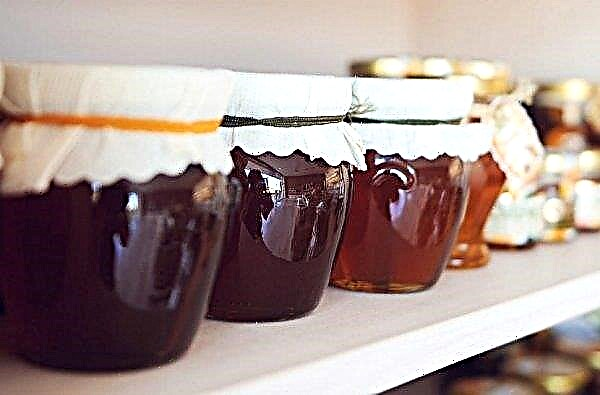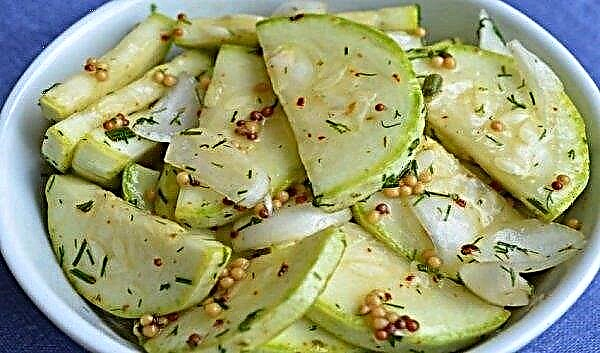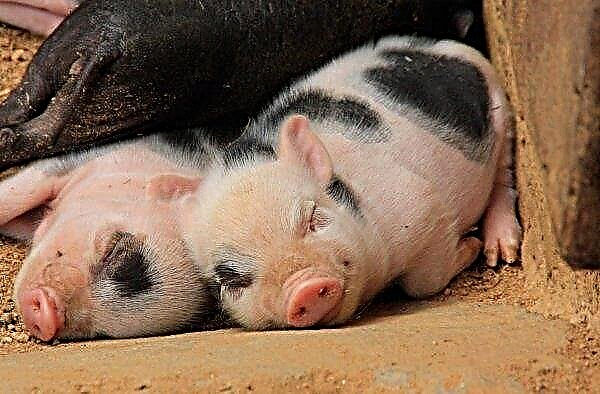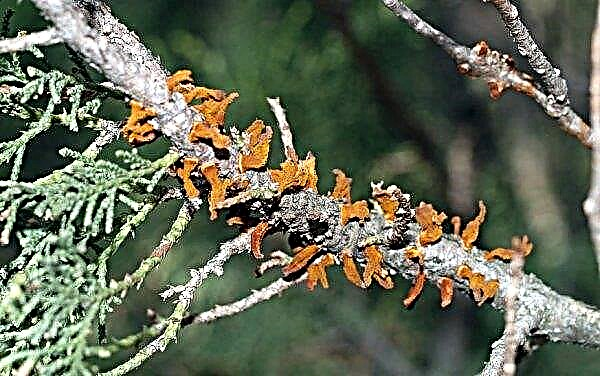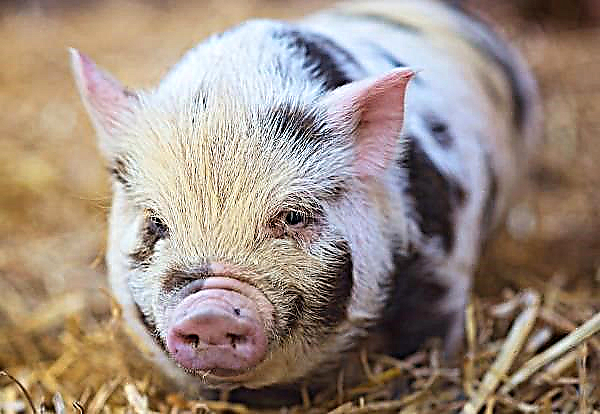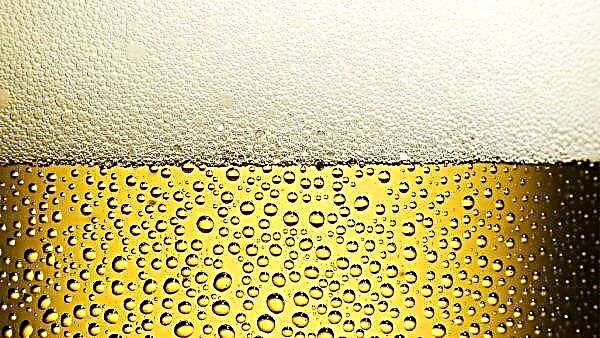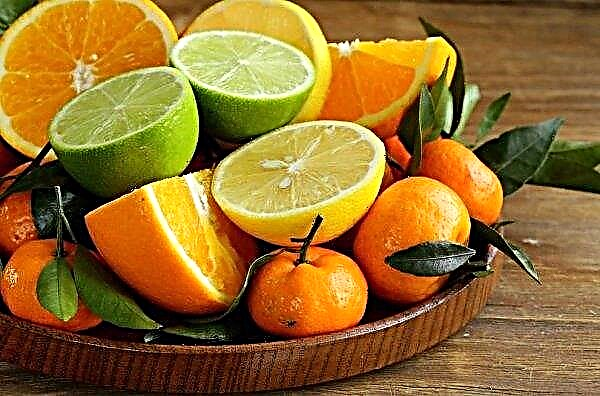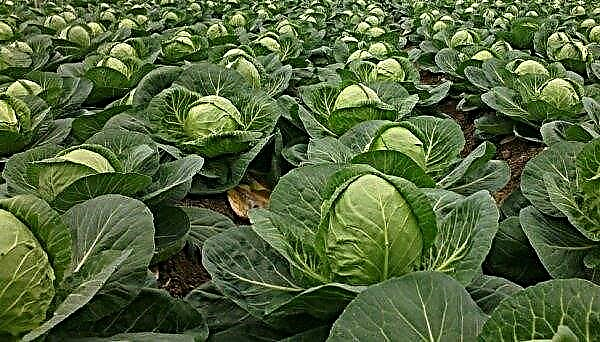Onion (Allium) belongs to the Onion subfamily, which is part of the Amaryllis family. Although the onion has a sharp aroma, in cooking it allows you to give any dish a juiciness and even a certain piquancy. Scientists have proven that onions have an antibacterial effect, it also contains numerous vitamins and minerals, and this combination has a beneficial effect on the state of the immune system.
Rating of the best varieties of onion sets
By taste, onions are divided into three types: spicy, peninsular and sweet. Representatives of acute varieties are stored for a long time, have dense pulp and are rich in essential oils. The peninsulas are characterized by medium density pulp, do not last long, but are characterized by high productivity. Sweet bulbs are more used in the summer for making salads, their productivity is high, but their shelf life is short.
Important! The use of onions in raw form is contraindicated in people suffering from pancreatitis and gastrointestinal ulcers, since it is an irritant to the mucous membrane. In people with diseases of the cardiovascular system, liver and kidneys, frequent use of onions provokes exacerbations of the disease.
Sweet varieties of onions are characterized by juiciness, a minimum number of primordia, a large onion and thick scales. They contain less essential oils, dry matter and sugars. In acute varieties, up to 20% of dry matter is contained, in peninsular varieties, 10–12%, in sweet varieties, less than 10%.
Sharp varieties are best planted with sevk. With seed sowing and further irrigation, their productivity is significantly reduced (2-3 times). Depending on the growing season, the onions are divided into very early, early ripening, medium early, medium late and late. The most popular varieties are bred by Dutch selectors and can be grown in different latitudes.
Alpha
Alpha is a peninsular, rapidly ripening onion variety. The turnip is rounded, the neck is narrow, the skin is golden five-layer. The length of the feather is about 30 cm. Maturation after the first shoots of the feather occurs in 65–80 days. The average weight of the ripened onion is 100 g. It belongs to the small-snow and single-bud representatives of its family. Alpha is an excellent option for cottage and industrial cultivation. It is resistant to pests and diseases. After collection, it remains for a long time, without changing its appearance.
Alvina
Alvina is a mid-season three-bud variety. The period from the growth of feathers to mass lodging takes about 105 days. Bulbs can be flat or rounded. The mass of the ripened fruit is 60–80 g. Dry burgundy scales with a slight violet hue, sometimes juicy red. Usually it fires 2-3 arrows up to 145 cm long. It tastes medium-sharp. It is recommended to grow from seed in a two-year culture. Alvina is valued for its stable yield, unusual turnip color and the possibility of long-term storage.
Bamberger
Onion Bamberger stands out for its special juiciness and sweet taste. An elongated bulb, when ripe, weighs about 60–80 g. The largest representatives can weigh 100 g and have a length of up to 10 cm. For good preservation, Bamberger should be placed in a dark and dry room. In winter, it practically does not germinate and does not deteriorate. Taste is not changed.
Hercules
Onion sets Hercules belongs to the mid-early representatives of his family. The term of full ripening after germination is 75–80 days. The ripe onion is quite large and weighs from 120 to 160 g. The fruit is oblong-oval, the skin is dense, and the scales are golden yellow. The pulp is juicy, white. The taste is a light speck without a bitter aftertaste. During storage, the original qualities are not lost. The difference between this variety is a powerful root system, because of which Hercules does not suffer from drought in the hot summer period. There is no need for frequent watering.
The globe
The globe is a representative of medium ripeness, grown from sevka in an annual culture. Bulbs have a rounded or oblong shape. The taste is very spicy. The weight of the ripened fruit is about 160 g. Covering sheets become brownish during drying. The globe is resistant to fungal diseases and is well preserved without taste and commodity losses. Dry matter contains up to 13%. In use is universal.
Carmen
Carmen is an early ripe onion. The ripening period depends on climatic conditions and takes an average of 65–90 days. Stands out for its mild flavor. It does not require special care. The bulb is dense, the outer layers have a rich purple color with a dark red tint. The husk is red-brown. The pulp is white. The fruit is regular in round shape. The average weight is about 70 g, the maximum weight is 120 g. Green feathers reach 30 cm in length. Onion Carmen contains a rare flavonoid quercetin - a natural biochemical substance with anti-allergic and anti-inflammatory effect. It is often added to dietary supplements.
The average weight is about 70 g, the maximum weight is 120 g. Green feathers reach 30 cm in length. Onion Carmen contains a rare flavonoid quercetin - a natural biochemical substance with anti-allergic and anti-inflammatory effect. It is often added to dietary supplements.
Did you know? Libya is deservedly considered the world champion in onion consumption. Each resident of this country consumes an average of about 33 kg of this vegetable crop per year.
Corrado
Onion Corrado is a medium early ripening variety, the fruit is rounded, with flattened areas. The outer sheets fit snugly and consist of two layers: yellow or brown. The outer husk adheres tightly to the inner scales, which creates a presentable appearance for the fruit. Hollow sheets are arranged in two rows, their length is about 30 cm, the color is bright green. Corrado releases a long, hollow arrow, in which an inflorescence appears at the end. Harvesting can be carried out already on the 10th day after germination. In some regions, harvesting may be earlier. It all depends on climatic conditions. The percentage of yield is high - from 1 m² on average you can collect 8 kg of onions. When planting in advance for the winter, up to 300 kg can be removed from one hundred square meters of land. The average weight of the bulb is 120 g.
Red baron
Red Baron is a variety of early purple onions. It is not demanding in care and adapts well to different weather conditions. The weight of the ripened fruit depends on the density of planting the seed in the ground. The shape is round or slightly flattened. The top layer (husk) is quite dense. It is characterized by fleshy juicy pink-white pulp with streaks of red-violet color. With timely rarefaction, planting bulbs can gain weight up to 100 g. Sevok Red Baron easily tolerates winter frosts. After severe frosts, an arrow with flowering may not form. This is an excellent onion variety for winter planting, ripening in June.
With timely rarefaction, planting bulbs can gain weight up to 100 g. Sevok Red Baron easily tolerates winter frosts. After severe frosts, an arrow with flowering may not form. This is an excellent onion variety for winter planting, ripening in June.
Important! In areas with risky farming, the time for planting turnips in the ground should not be delayed. In early May, the Baron should grow in the garden.
Centurion
Onion Centurion is an early ripening widespread culture. Grown in both southern and northern latitudes. Bulb neat elongated shape with a dense texture. One head weighs on average 100 g. Husk of bright straw color. The inner flesh is white. The scales are tightly closed with each other, in each onion there are about four layers. Due to the narrow neck, its drying out occurs quickly, preventing the penetration of pests and microbes into the body of the bulb. The dimensions are small - about 2 cm in diameter. Productivity Centurion - at a high level.
Stuttgarter Riesen
Onions Stuttgart Riesen - a large onion variety of round or flattened shape. The maximum weight of the fruit reaches 250 g. On average, one bulb has 100–150 g. The color of the outer layer can be white or light brown. It tastes peninsular. It is valued for its high content of vitamin C. In onions, Stuttgart Riesen has a high dry matter content, which allows you to dry and freeze the bulb without loss of useful properties. It is stored quite well. The ripening period from the appearance of the first sprouts is an average of 90 days.
Ellan
Ellan is a variety of ultra-early winter onions. The diameter of the ripe onion is 6–8 cm, and the mass is about 120 g. Sometimes you can meet 0.5 kg fruits with a diameter of about 15 mm. The onion has a rounded and rounded flat shape. The inside is protected by dry cover sheets consisting of 1-3 layers. Sheets are yellow or straw. The pulp is juicy, white, up to 8 mm thick. The structure is loose. The taste is sweet. In a favorable environment, productivity is high, sometimes exceeds the average of other varieties by 30%. Winter plantings do not require maintenance, which affects the low cost of the product.
Features of cultivation and care
Onions should not be planted in places where related crops grew last season. Landing in contaminated soil is also not recommended. Legumes, tomatoes and cabbage plants are considered excellent predecessors. The landing area should be bright and warmed up by the sun. In loose heated soil, the risk of rot is reduced. The soil should be fertile, well-treated with organic and mineral fertilizers. The reaction of the medium is close to neutral. Preparation of beds is carried out in advance.
Depending on the variety, planting can be carried out in autumn or spring. Winter onions are usually planted on the feather, but it is also possible to grow turnips, which are collected in June. Spring planting sowing is carried out in the first half of May, when the soil is warm enough. When a crop is planted in soil with a temperature of less than + 12 ° С, arrows can sprout ahead of schedule. But late sowing affects the growth and quality of the crop.
Did you know? The largest bulb was grown in England and weighed 6 kg.
Before entering the soil, the seed must be sorted out and distributed by size. It is stored at temperatures not higher than room indicators. A day before planting, it is advisable to warm the seeds (put, for example, at the battery) in order to avoid premature boom ejection. Immediately before planting the seeds, placed in gauze, it is recommended to soak in 10% solution of copper sulfate (proportion: 1 teaspoon of copper sulfate in 10 liters of water).
Such manipulation reduces the risk of fungal infection. Before planting beds should be dug up and remove weeds. Deepen the sevka by no more than 4 cm, otherwise the bulbs will become elongated. A distance of 25 cm is maintained between the beds, and 10 cm between adjacent bulbs. The soil can be mulched with humus. Even if a variety resistant to drought is planted, it is worthwhile to understand that onions are a moisture-loving culture. It is usually recommended to water the onion once a week. But it all depends on the weather. If the rains are frequent and the soil does not dry out, watering is excluded. Onions love weeding. But when landing on a site where there is constant sunshine, weeding is often not worth it. Harvest the most aggressive weeds so as not to drown out the feathery feathers. After the crop has grown enough, be sure to weed it to protect immature greens from wilting.
But it all depends on the weather. If the rains are frequent and the soil does not dry out, watering is excluded. Onions love weeding. But when landing on a site where there is constant sunshine, weeding is often not worth it. Harvest the most aggressive weeds so as not to drown out the feathery feathers. After the crop has grown enough, be sure to weed it to protect immature greens from wilting.
Harvesting and Storage
With the onset of September, in the southern zones, onions are harvested in the first half of the month. In colder climates, cleaning is done later. The main signs of maturity are dead foliage and golden dried scales. It is not worth delaying the harvest, the bulb may wake up and grow. After digging the fruits, it is necessary to dry well and remove the flakes that have peeled off from the turnip.
Roots and feathers are pruned. Drying onions is carried out in one layer. If weather conditions permit, drying is carried out on the street. If drying is necessary in the room, make sure that it is light and ventilated. After three weeks, the fruits can be moved to the store.
Typically, onions are stored at home in:
- wooden or plastic crates;
- baskets of vines;
- fabric bags;
- nets for vegetables;
- stockings from kapron.
Regardless of the variety, the onions should be stored in a cool, dry room at low temperature. Peninsular and sweet varieties have an average shelf life. Ripening and sharp bulbs are subject to long-term storage. The heads should be tight and dry. The sharper the variety, the lower should be the storage temperature, optimally -3 ° C. Store semisweet and sweet varieties at 0 ° C. Onions should not be on the heap; keep large heads separate from small ones. Onion sets of Dutch selection can be grown in a variety of climatic regions. The most correctly selected variety for your region will allow you to grow and harvest a good crop without much effort. Adhering to just a few rules for its care and storage, each gardener will provide himself with a supply of vegetables until the next harvest season.
Onion sets of Dutch selection can be grown in a variety of climatic regions. The most correctly selected variety for your region will allow you to grow and harvest a good crop without much effort. Adhering to just a few rules for its care and storage, each gardener will provide himself with a supply of vegetables until the next harvest season.


